
How to leverage mesh networks for industrial use
The United States has a diverse and robust industrial economy fueled by various industries, including transportation, mining, energy, agriculture, and construction. While certainly not the fanciest, these industries form the backbone of the American economy, providing the resources and materials necessary for the growth and stability of our nation. The
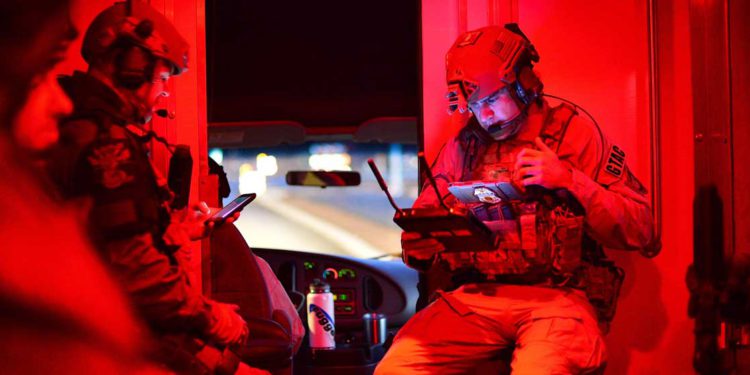
Leveraging mobile mesh to help AMO detect, identify, and interdict threats to US border security
In our last article on The Last Mile, we took a detailed look at the dangers U.S. Customs and Border Protection’s (CBP) Office of Field Operations (OFO) officers face along the country’s maritime borders and at its ports of entry. We also explored the logistical, operational, and communications challenges they
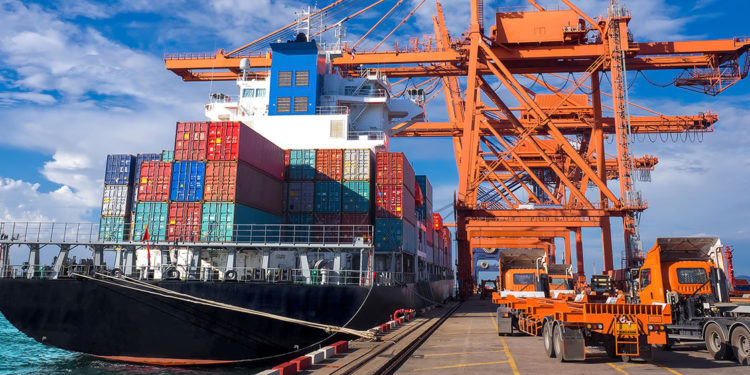
Keeping CBP field officers safe along maritime borders and ports of entry
If asked where the U.S. Customs and Border Protection agency (CBP) predominantly operates, most Americans would immediately respond, “The southern border.” That’s because there is no lack of movies, news reports, and television shows that have depicted America’s southern border as a lawless area constantly being traversed by smugglers and
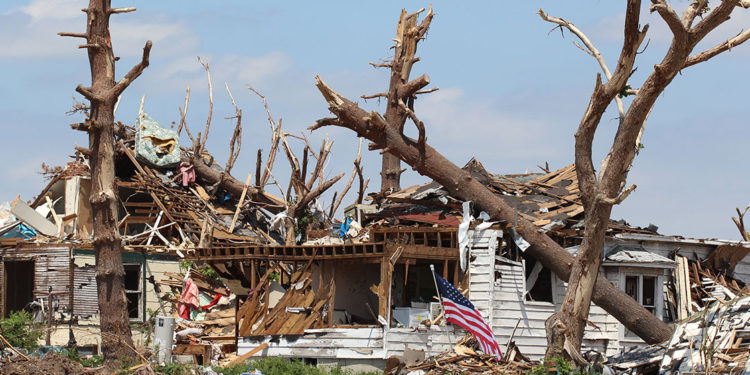
The communication challenges faced by FEMA during natural disasters
Americans know the Federal Emergency Management Agency (FEMA) for helping citizens respond to and recover from emergency situations and natural disasters. The agency has the incredibly essential job of helping Americans recover from things like wildfires, hurricanes, mass flooding, and other devastating occurrences that destroy property, lives, and communities. When

Tech Spotlight Series: Powamaxx leverages mobile mesh to protect wildlife and park rangers in Southern Africa
For most people in the United States, the park ranger job doesn’t seem terribly difficult or dangerous. You may have interacted with a park ranger to pay admission and get directions when entering a national park or forest, show you how to spot wildlife or give advice on the best
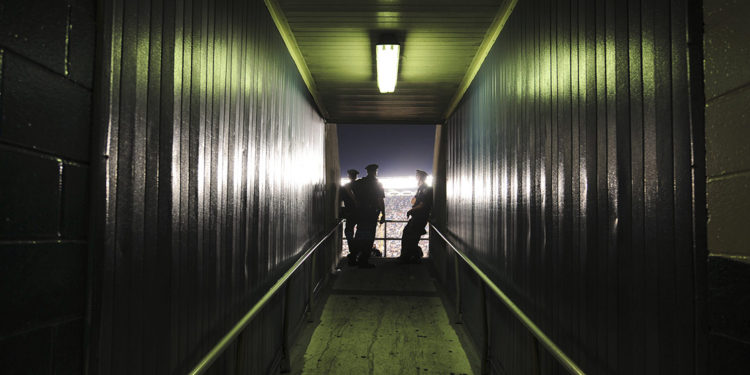
3 ways mobile mesh networking can keep sports fans safe
Super Bowl Sunday is a day that resonates with many Americans, especially when they attend in person. People love the rush of watching a touchdown, the smell of fresh hot dogs, and the energy from the crowd. Fans also enjoy using their cell phones to make social media updates and

New technologies essential for combating the smuggling crisis at the border
There have been more than 12,000 drug seizures at U.S. borders in the first three months of Fiscal Year 2023 alone. In that same period, there have been more than 860,000 enforcement actions undertaken by the agency. All of this comes at a time when the United States is seeing

How mobile mesh can enable coordinated joint multi-domain military operations
There is one overarching theme or trend that industry partners have been hearing from the U.S. Department of Defense (DoD) over the past decade – the adversaries of the future will be near-peer threats that have built their military capabilities with the distinct purpose of defeating the United States. This
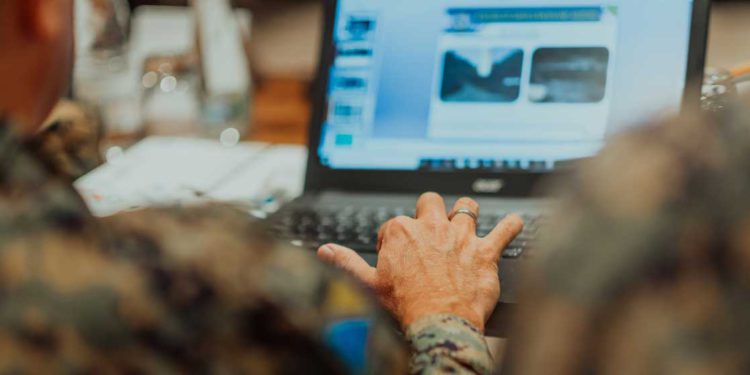
How LPI and LPD comms features can prevent information warfare attacks
As the War on Terror came to an end, the U.S. military found itself facing a starkly different threat. With a Russian invasion of Ukraine ongoing and China increasing its military capability and threatening behavior in Asia, it became clear that our military once again faced a pacing threat –
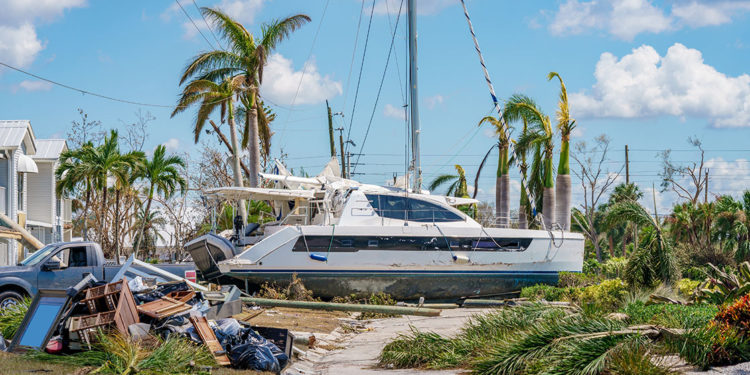
The top five articles of 2022 illustrate a year of change across the public sector
As the calendar year comes to a close, it’s only natural to look back and discuss some of the major trends and stories that defined and shaped our experiences over the previous twelve months. Reflecting back, it’s safe to say that 2022 was a year of transition and change in



